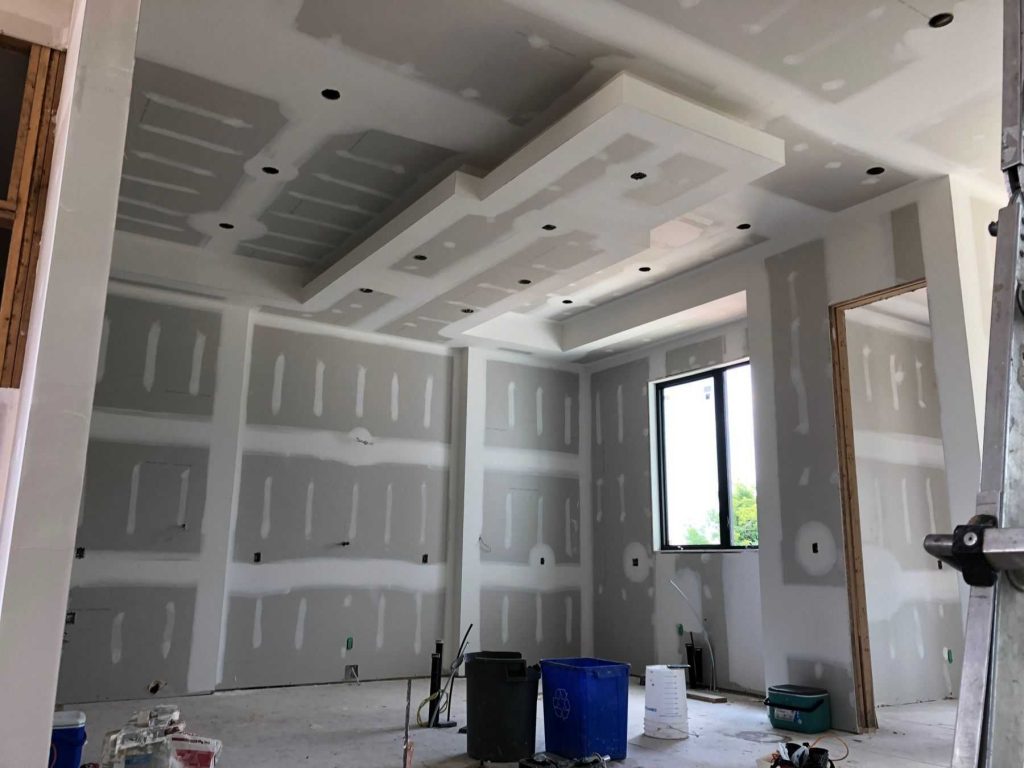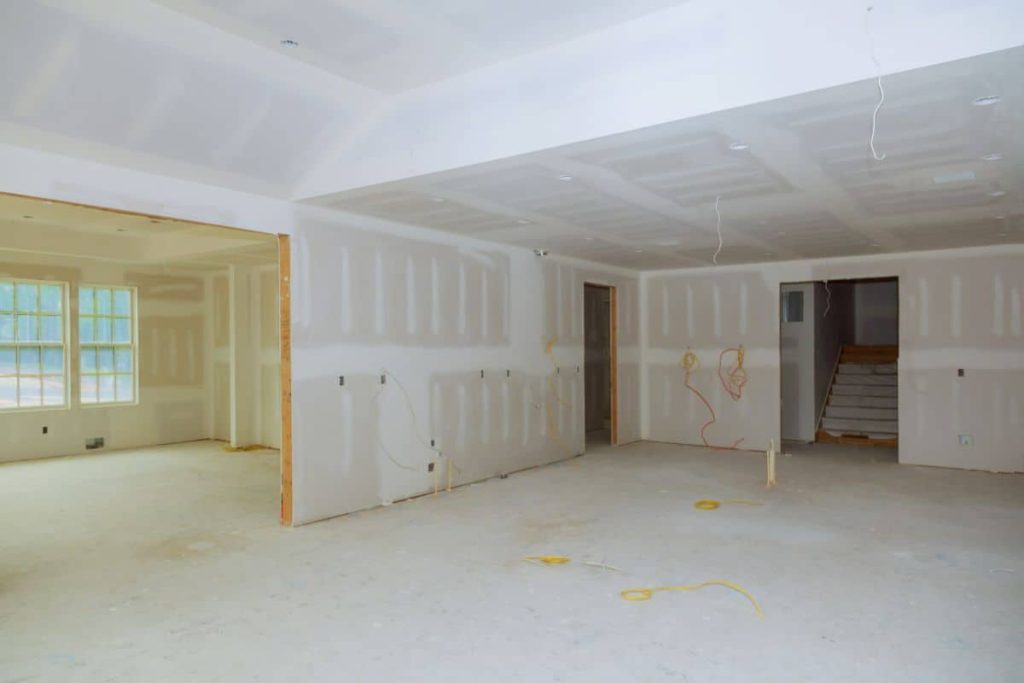
Drywall Repair Techniques That Blend Flawlessly Into Existing Wall Surfaces
Wall imperfections can interrupt the smooth finish of any interior space. Whether from small dents or larger holes, quality Drywall Repair ensures those flaws disappear into the background. With the right approach, the fix becomes invisible, restoring the wall’s surface without signs of patchwork. Success lies in precision and patience, not just materials.
Assessing The Damaged Area
Identifying the extent of the issue is the first essential step.
- Check for loose material around the damage
- Determine if studs or edges are affected
- Look for multiple points needing attention
- Examine surface for level inconsistencies
- Consider size and type of repair needed
Understanding what you’re working with helps guide the correct repair method. Whether the hole is small or wide, knowing the full picture ensures a smoother outcome.
Choosing The Right Tools
The right equipment simplifies the job and improves results.
- Use a utility knife for clean cuts
- Taping knives for smooth compound application
- Sanding blocks to even out surfaces
- Mesh or paper tape for seams
- Mixing tray for compound preparation
Each tool serves a specific role in the process. Precision comes not just from skill but from using tools that support even blending and consistent application.
Blending Into Textured Walls

Matching texture is key to invisible Drywall Repair results.
- Apply compound in light sweeping motions
- Mimic existing texture patterns gently
- Use a sponge to soften transitions
- Blend past the repair edge
- Let texture dry before final touch
Recreating texture takes practice, but it’s critical. A wall can be patched perfectly, yet still stand out if the texture doesn’t match. Blending beyond the patched area helps it disappear completely.
Sanding Without Overdoing It
Proper sanding levels the surface for a seamless look.
- Begin with medium-grit sanding block
- Use light pressure to avoid damage
- Feather edges gradually outward
- Wipe dust regularly for visibility
- Check with hand feel, not just sight
Excessive sanding can undo your progress. Keeping control over pressure and technique preserves the area you’ve just rebuilt and prepares it for finishing touches.
Will It Show Later?
No, not if the repair is done correctly.
With proper feathering, texture matching, and finish blending, the repair becomes part of the wall. Most won’t detect any signs once painting is complete.
Restoring Wall Confidence
Good repair work restores more than just the surface. It brings back the original feel of the space without visual distractions. Whether it’s a high-traffic area or a quiet corner, proper blending makes every wall look untouched. When done right, the repair disappears and only the clean, finished surface remains.
